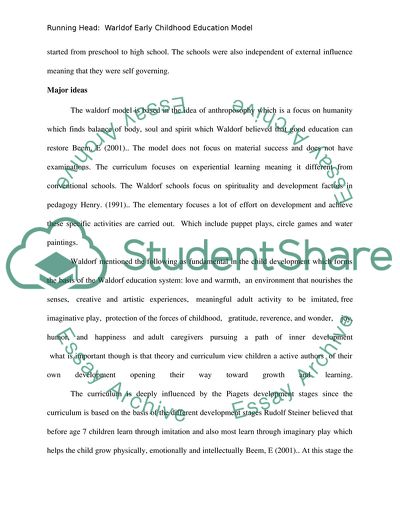Cite this document
(Warldof Early Childhood Education Model Research Paper, n.d.)
Warldof Early Childhood Education Model Research Paper. https://studentshare.org/education/1772128-head-start
Warldof Early Childhood Education Model Research Paper. https://studentshare.org/education/1772128-head-start
(Warldof Early Childhood Education Model Research Paper)
Warldof Early Childhood Education Model Research Paper. https://studentshare.org/education/1772128-head-start.
Warldof Early Childhood Education Model Research Paper. https://studentshare.org/education/1772128-head-start.
“Warldof Early Childhood Education Model Research Paper”. https://studentshare.org/education/1772128-head-start.


